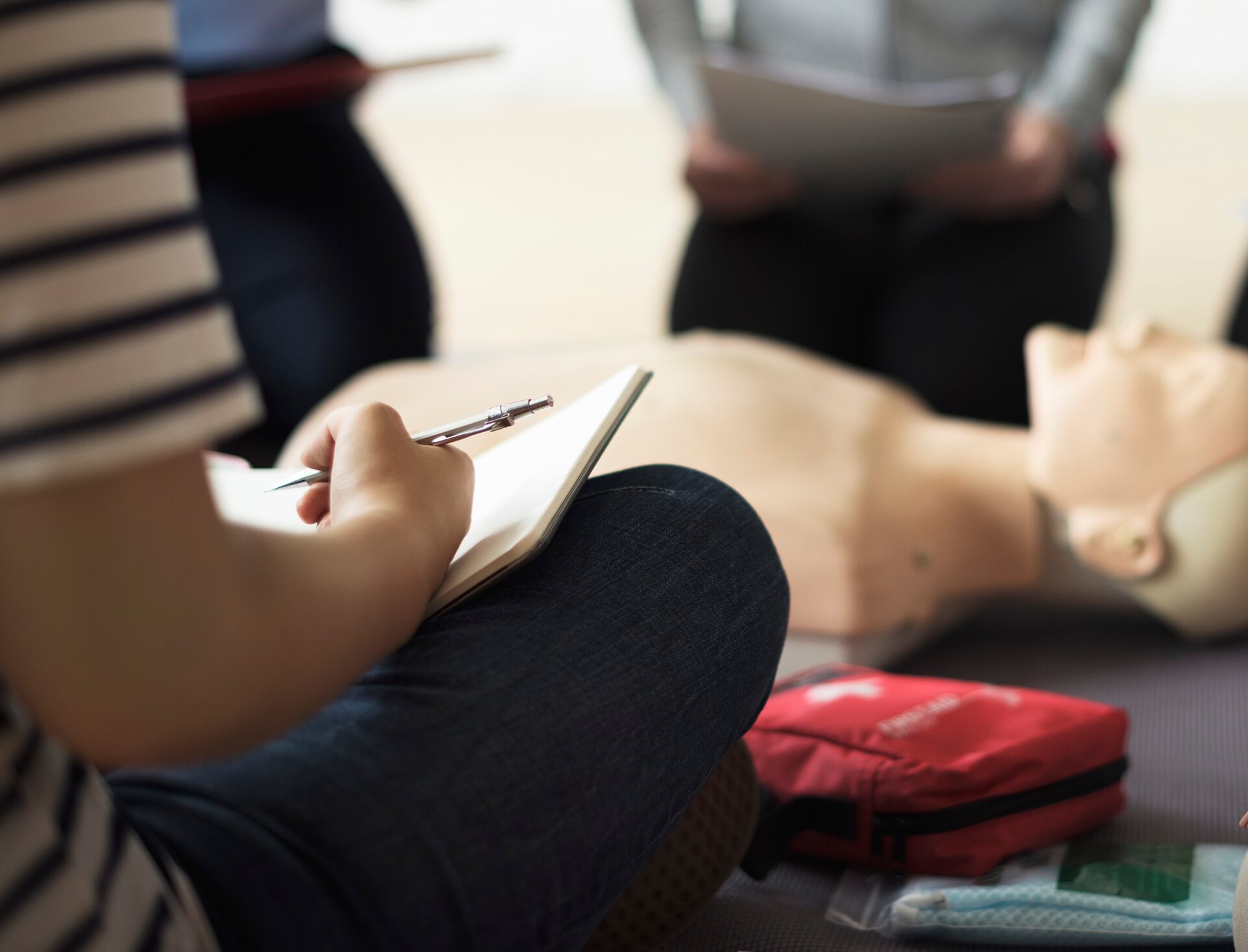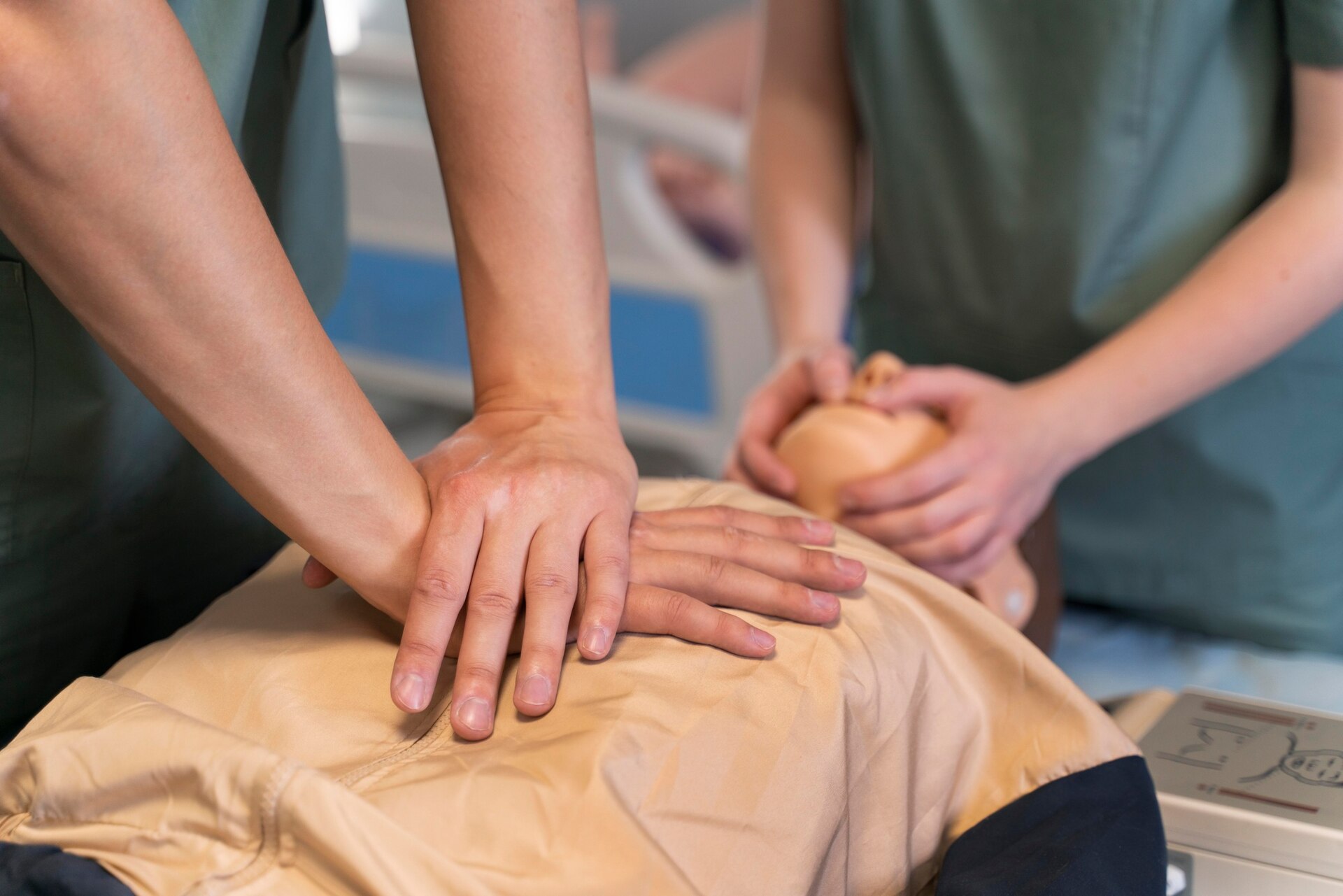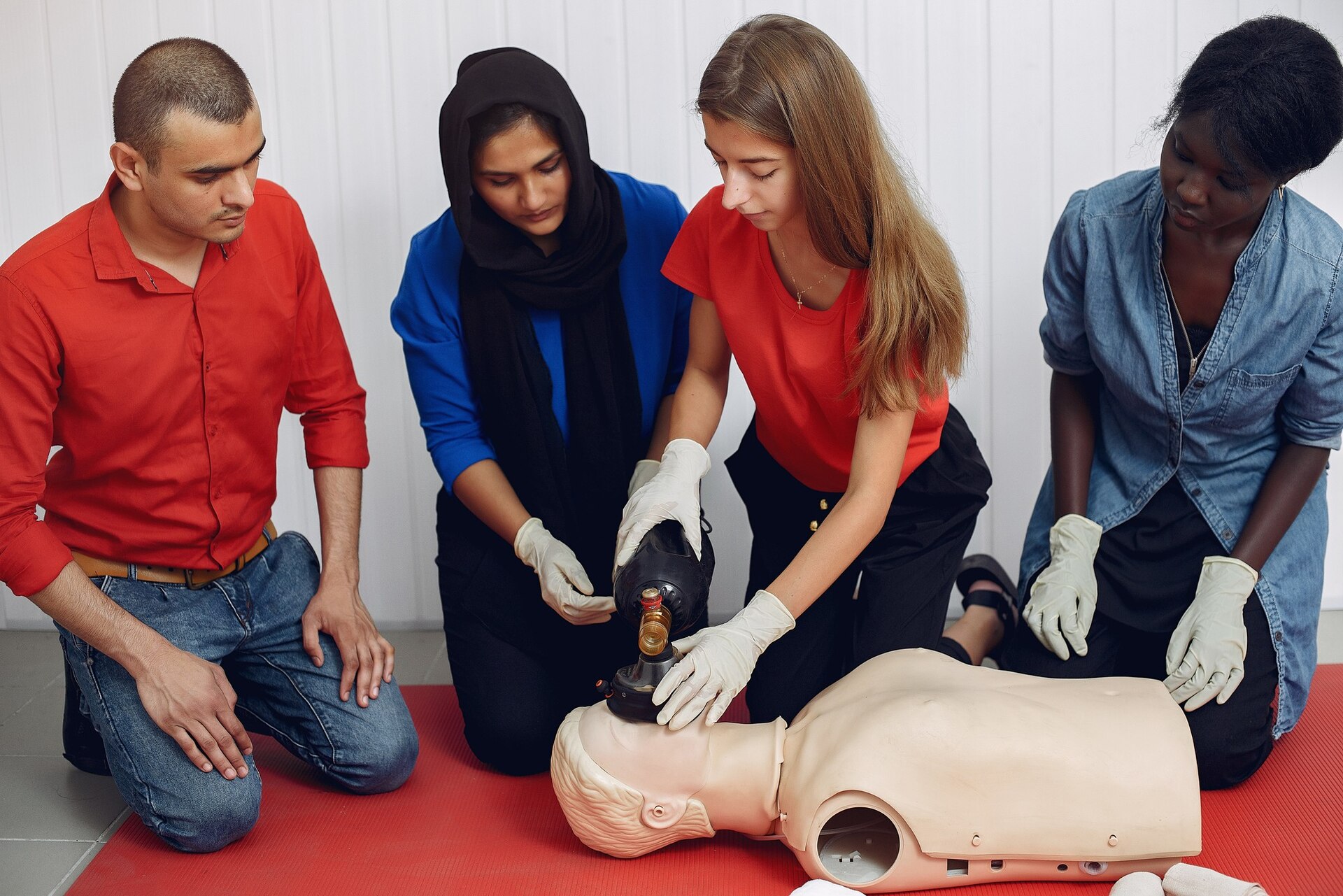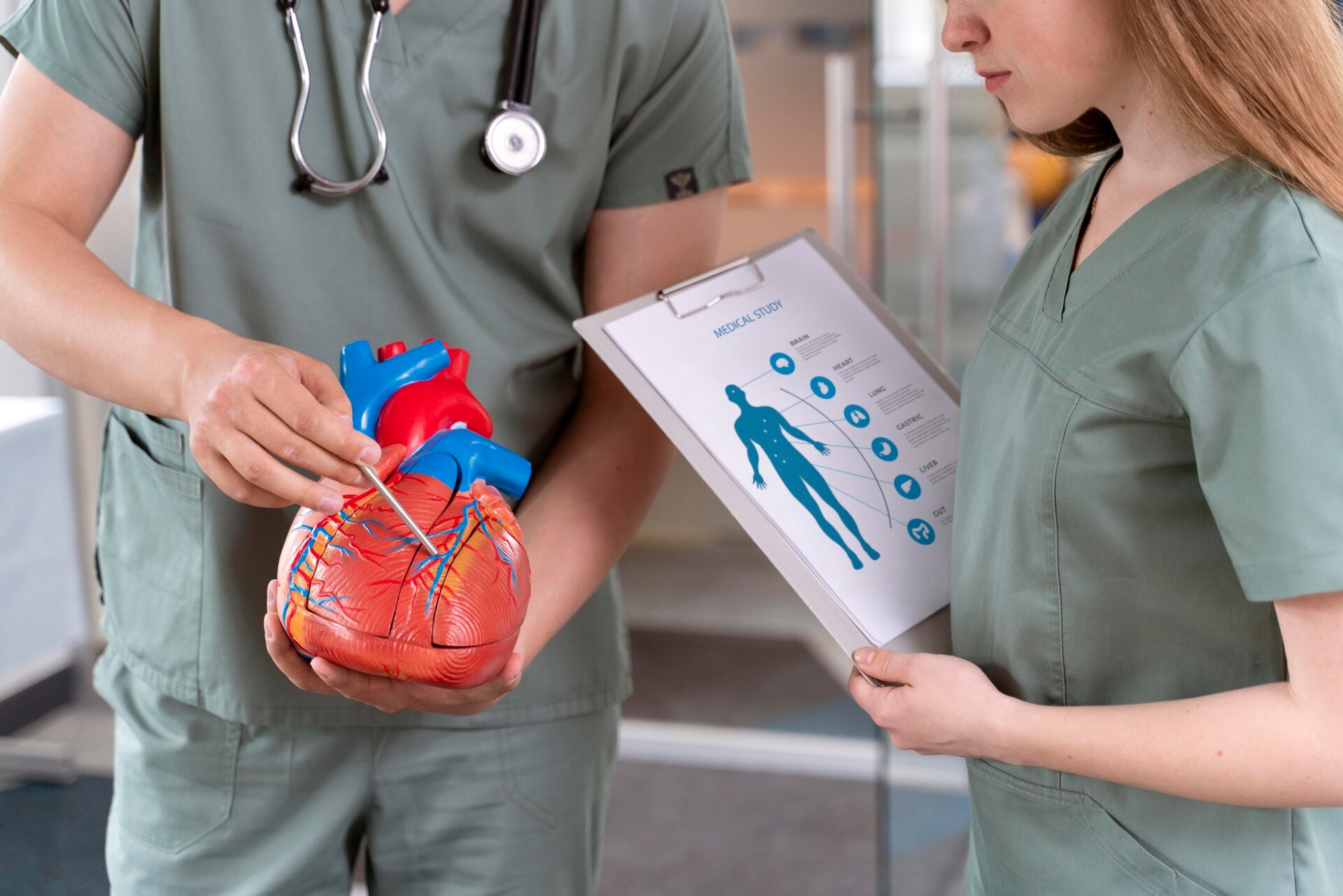
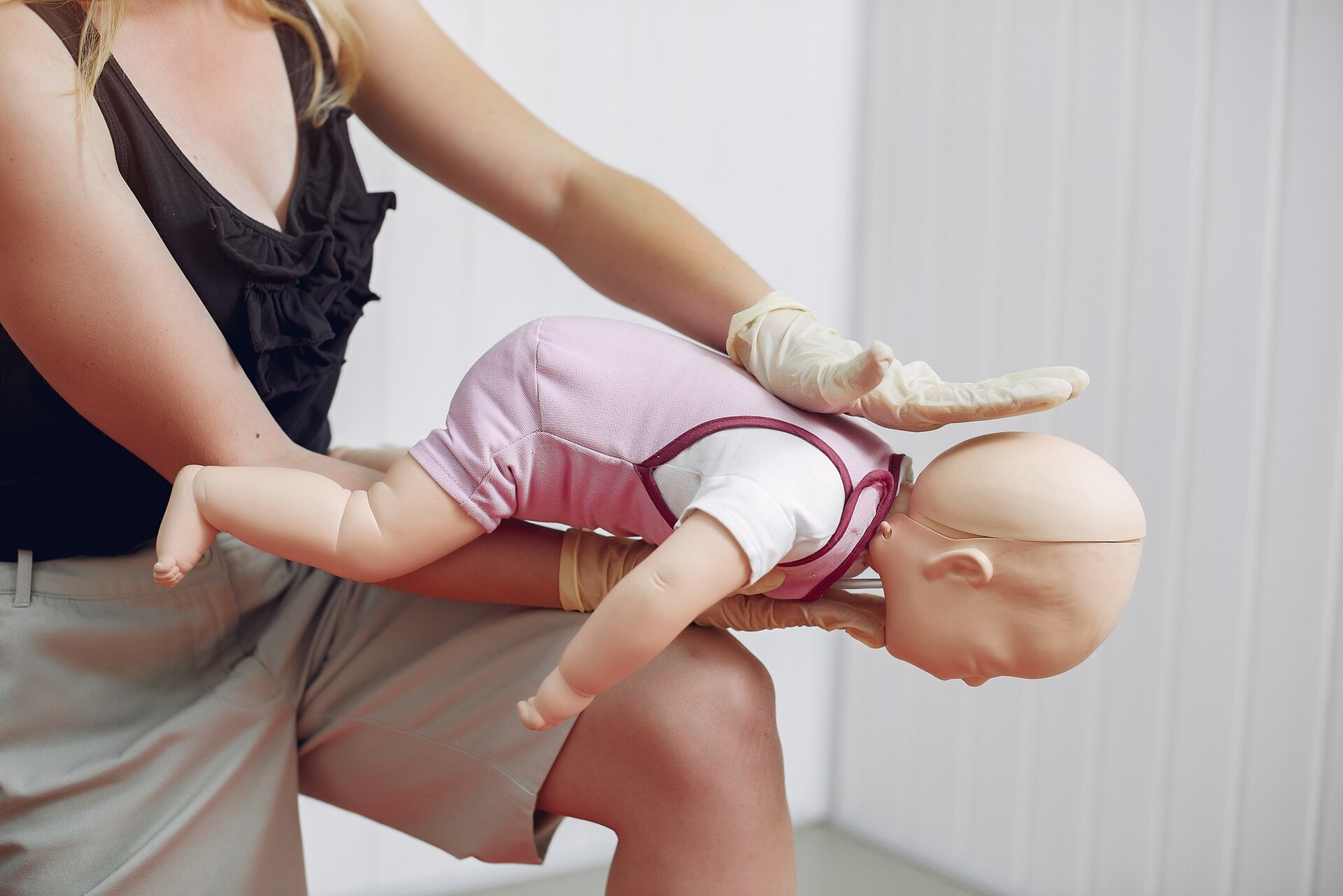
Parenthood comes with a joy like no other, but it also carries a unique set of responsibilities. Ensuring your child’s safety is a top priority. No matter how careful you are, accidents can happen, and knowing how to respond effectively can make all the difference. This article will guide you through the basic first-aid procedures for common pediatric emergencies.
1. Choking
Choking is a frequent emergency in infants and toddlers due to their natural curiosity to put objects in their mouths.
Signs of choking include:
- Difficulty or inability to cry, cough or breathe
- Skin, lips, and nails turning blue or dusky
- Loss of consciousness if the airway isn’t cleared
What to do:
- For infants, use back blows and chest thrusts to try and dislodge the object.
- For children over one year, the Heimlich maneuver is recommended.
Remember to seek immediate medical help even if you have successfully cleared the object to check for possible injuries to the child’s airway.
2. Burns
Children can accidentally touch hot surfaces, or spill hot fluids leading to burns.
What to do:
- Immediately cool the burn under cold running water for at least 10 minutes.
- Cover the burn with a clean, non-stick bandage or cloth.
- Seek medical attention, especially for burns larger than the size of the child’s palm, burns on the face, hands, or genitals, and for all third-degree burns.
3. Cuts and scrapes
Kids love to explore, and cuts and scrapes are part of growing up.
What to do:
- Clean the wound with warm water and gentle soap.
- Apply pressure with a clean cloth to stop bleeding.
- Cover the wound with a bandage or dressing.
- If the cut is deep, won’t stop bleeding, or was caused by a dirty or rusty object, seek medical attention.
4. Head injuries
Falls and bumps can lead to head injuries, which can range from a minor bump to a severe concussion.
What to do:
- For minor bumps, apply a cold compress.
- If the child is vomiting, has a headache, is not waking up, or not interacting, these could be signs of a concussion or other serious injury. Seek medical help immediately.
5. Poisoning
Children can easily ingest, inhale, or touch harmful substances, from cleaning products to certain plants.
What to do:
- If you suspect poisoning, contact your local poison control center immediately.
- Do not induce vomiting unless instructed to do so by a healthcare professional.
Remember, the best way to handle emergencies is to prevent them. Keep harmful substances out of reach, supervise your child, and childproof your home. However, accidents can still occur. A first aid course can give you hands-on practice and detailed guidance on these and other situations and can provide valuable peace of mind.
At Pulsestart CPR, we offer comprehensive first-aid training that will equip you with the skills to handle common pediatric emergencies. While we hope you’ll never need to use these skills, being prepared can make a world of difference for your child’s safety.

